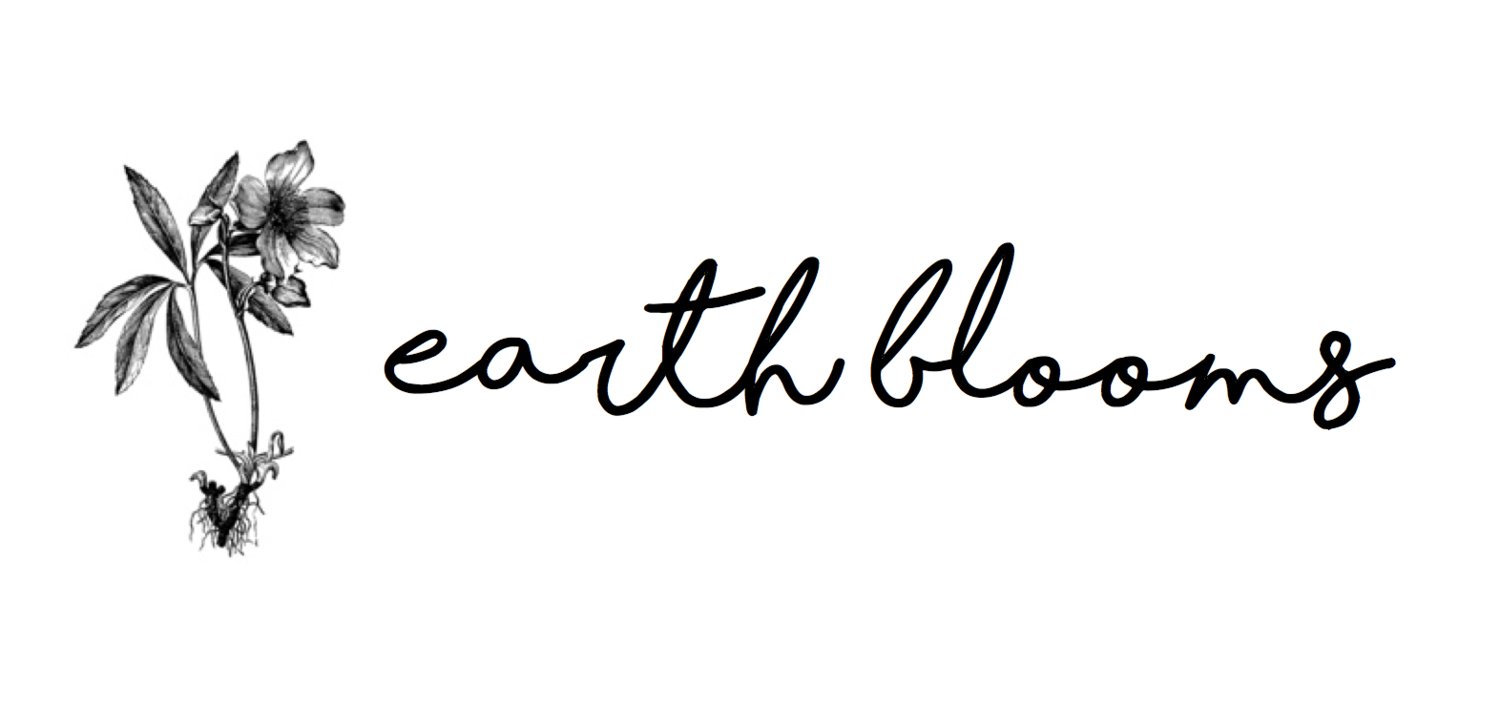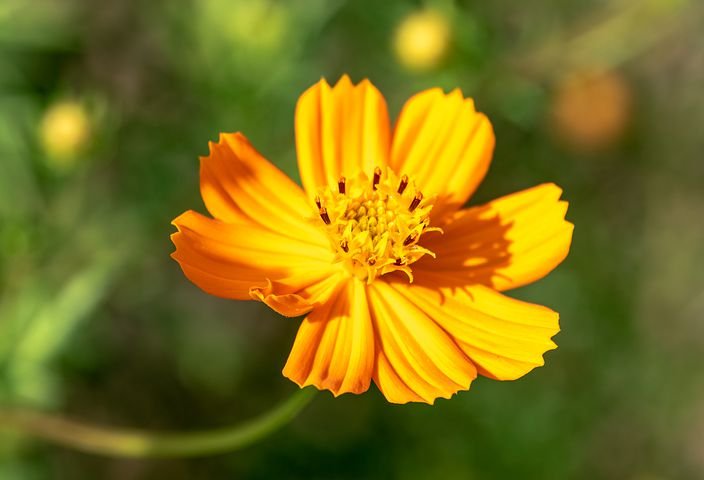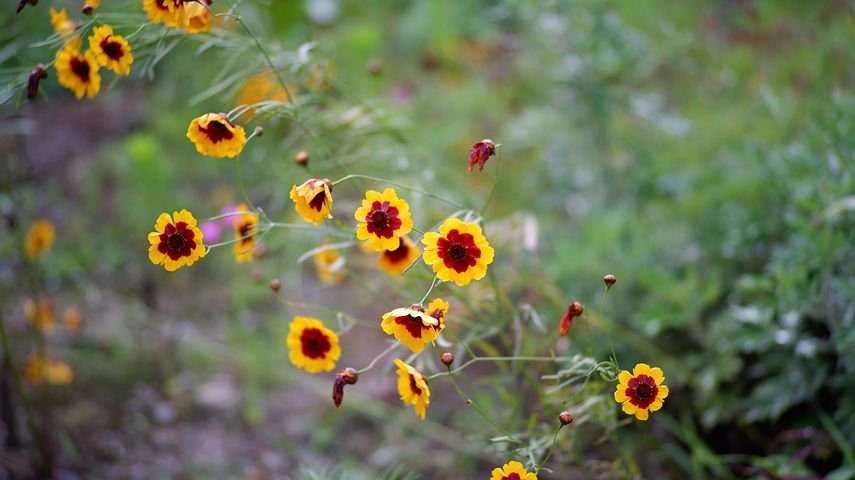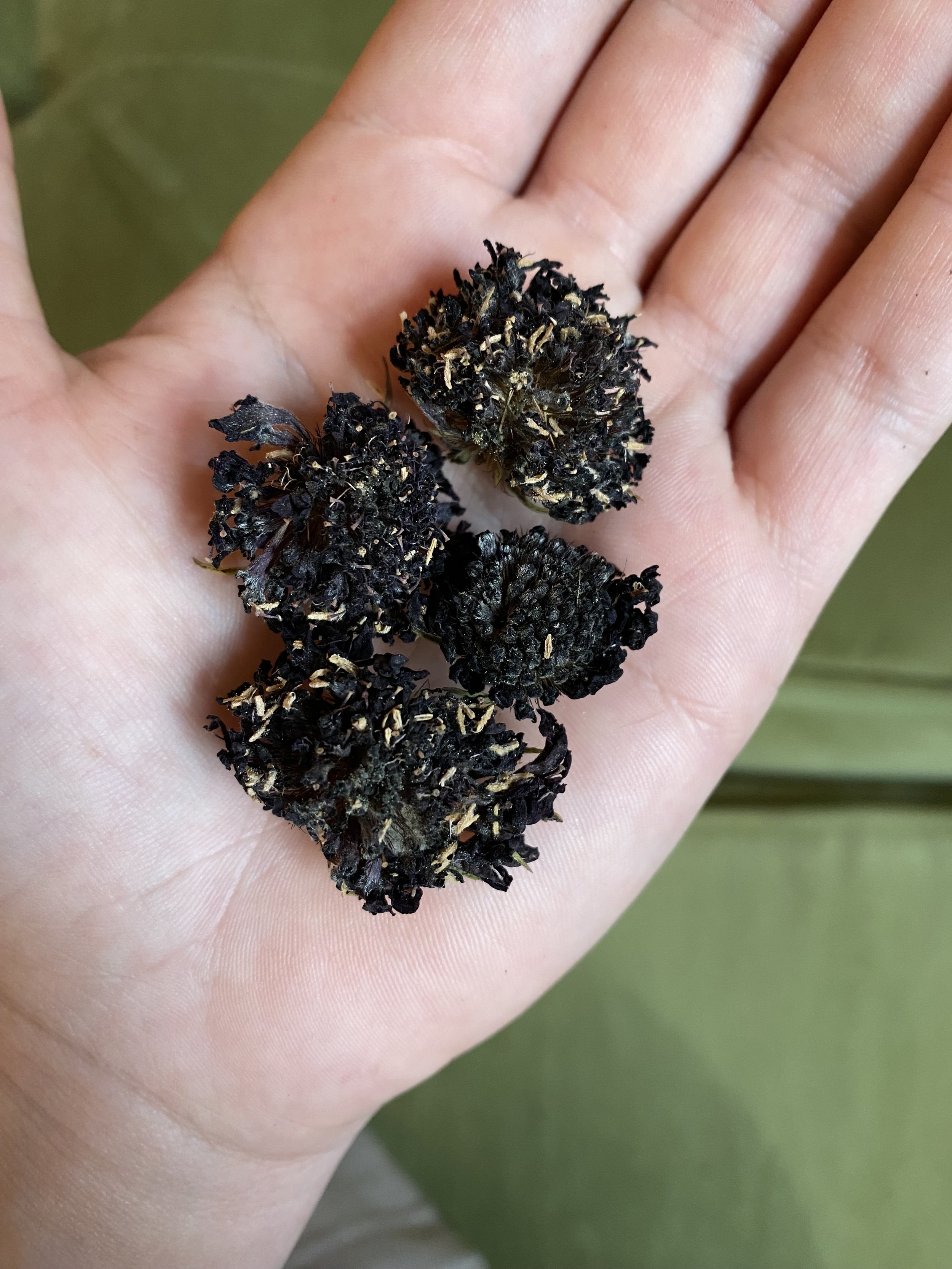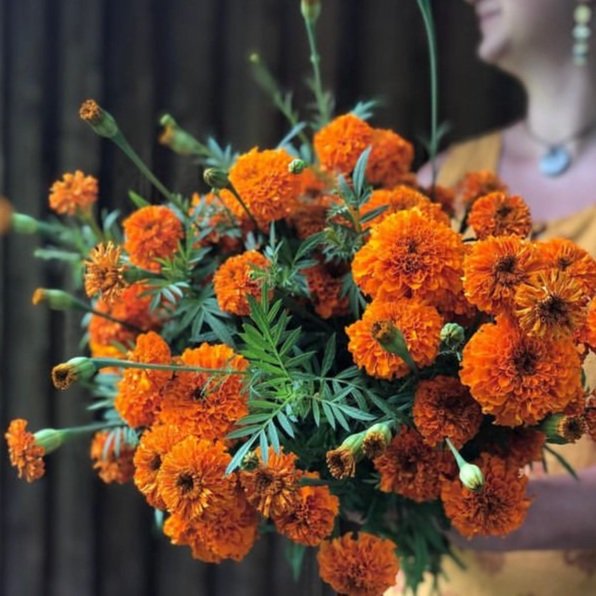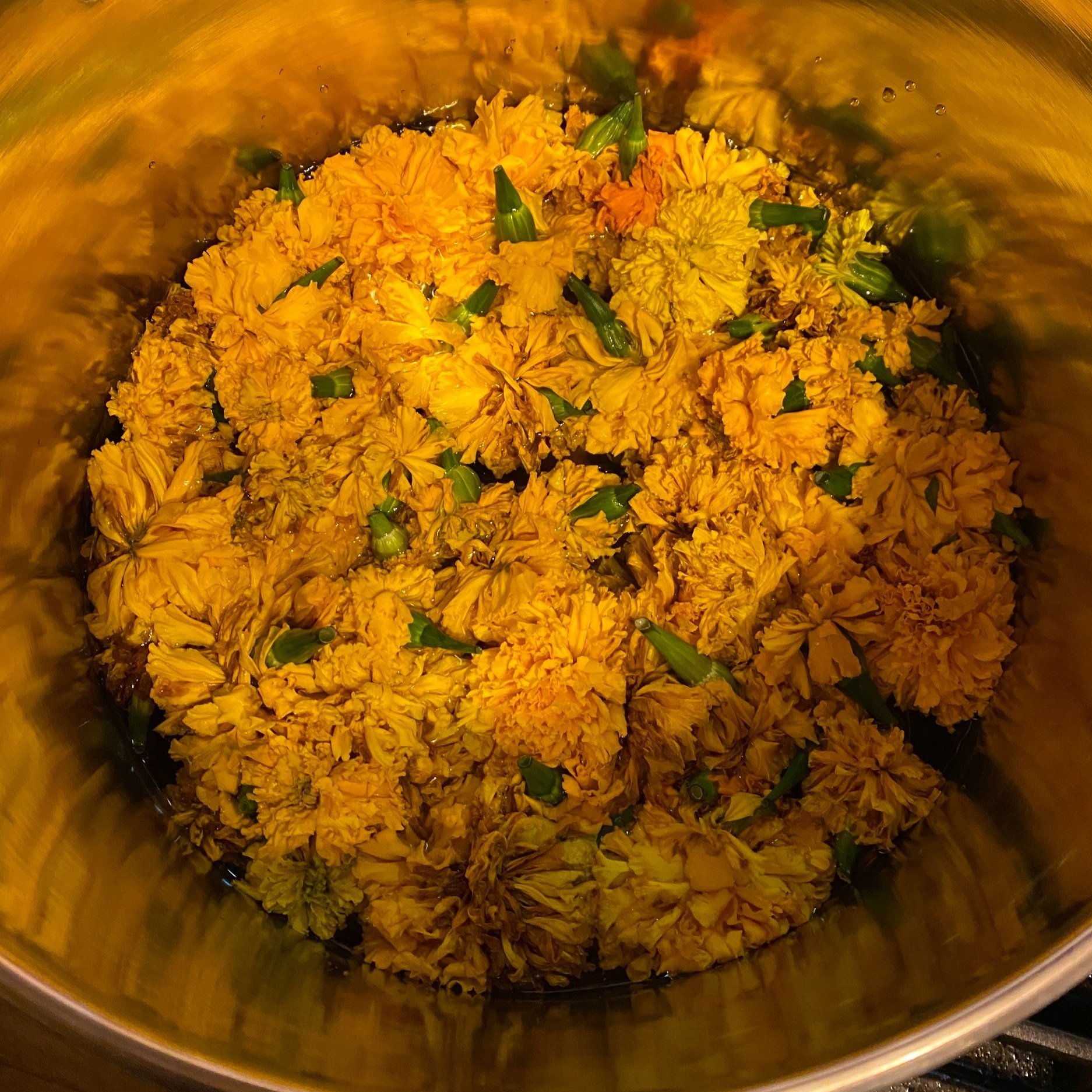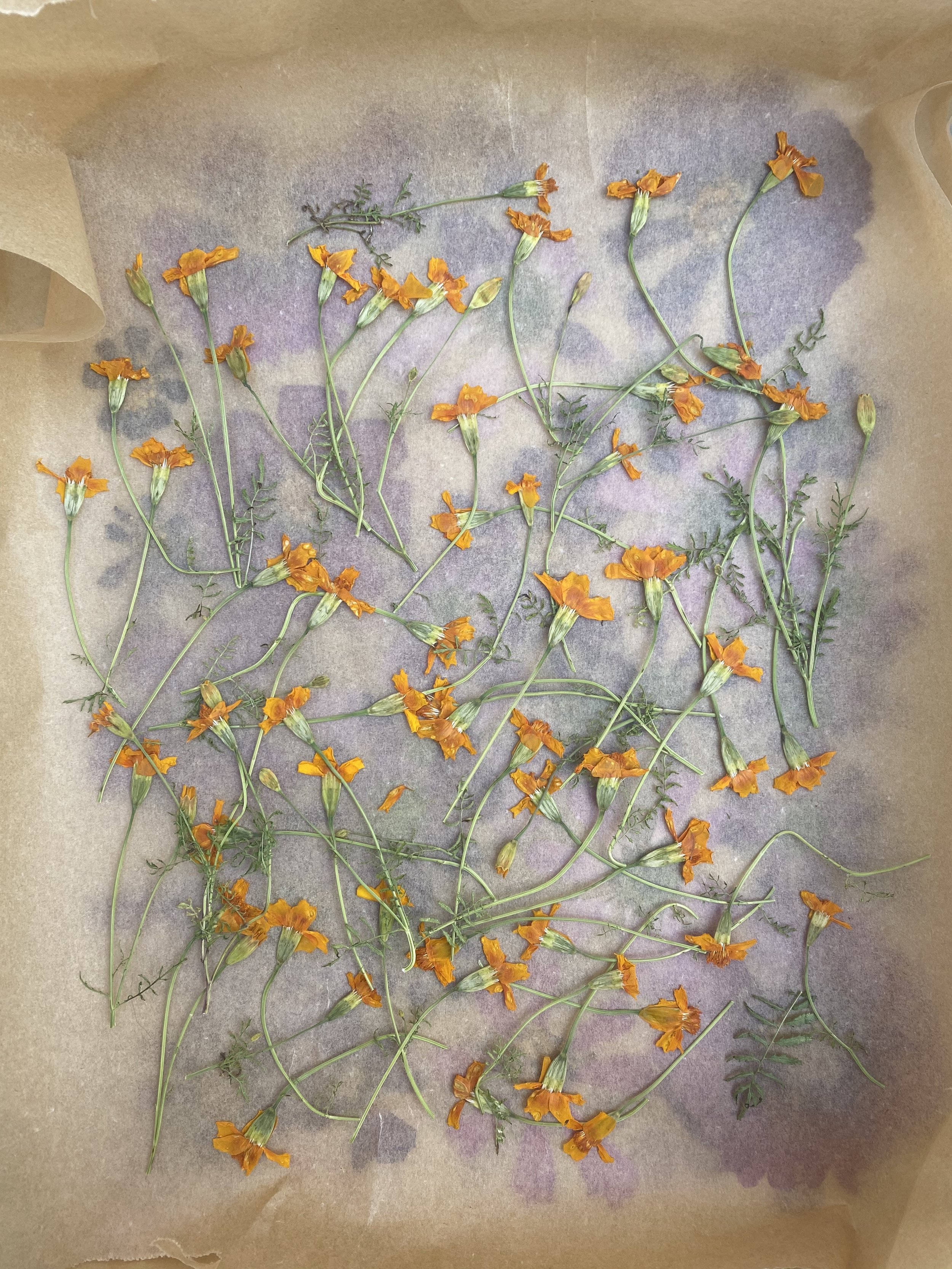New to the farm this year are dye plants. We experimented a bit last season with things we already had access to on the farm: marigolds, cosmos, and black scabiosa (and whatever we foraged like acorns, mushrooms, and goldenrod). This season we wanted to expand our color horizons and grow things that are new to us and give colors that we’ve not experimented with before. Shown below are all the seeds we’ve ordered to grow this season for our dye garden and why we think they’ll be great!
Sulphur Cosmos cosmos sulphureus
Sulphur Cosmos create a bright orange dye. These flowers can also be pressed and preserved for eco-printing during the winter season or used fresh when they’re harvested. They’ll make a great cut flower like most other varieties of cosmos and are not picky about soil condition. Funny story…last season I carefully direct sowed rows of cosmos in our field. A miscommunication caused those seeds to be tilled right over, so we accepted that it just might not be a cosmo year. A week or two later, those seeds came right up and were the most beautiful patch of cosmos! Who doesn’t love a flower than can handle anything!?
Plains Coreopsis coreopsis tinctoria
As its botanical name “tinctoria” suggests, coreopsis is another flower prized for giving color. The flower can create a burnt orange print when used with an iron modifier or the same color when used to create a larger dye bath. A print can come from both the bloom and the leaf/stem. It’s another plant that can be dried or pressed for use year round. These flowers practically grow themselves and are prolific bloomers, too!
Black Scabiosa scabiosa atropurpurea
We dyed quite a bit with the flowers last season and can’t quit them! They are sensitive to pH and can create a wide range of color from teals to pinks and purples-a blessing and a curse! This is great for someone experimenting with pH modification of a dye, perhaps in the case of creating botanical watercolors, but less ideal for dyeing clothing because any modification to the color would be reverted back to its pH neutral (navyish blue) state over time. We still love using scabiosa for bundle dying along with marigold to create a color-wheel-honoring orange and blue scheme :)
Japanese Indigo persicaria tinctoria
Truly the newest plant for us to try…the growth habit, harvest, and method of color extraction is all different for indigo when compared to the plants mentioned above. With growing indigo, we are seeking a color and lightfast, stable blue. We are excited to see how this plant does on our farm. Evidently this variety of indigo loves heat and humidity…both of which we can no doubt offer here in Upstate SC!
Marigold tagetes erecta
Pulling double duty in the field as a cut flower and as a dye plant, marigold has worked her way into our hearts for all kinds of reasons. The bright orange is a perfect addition to our market flowers, catching eyes from tents away. However, it’s usefulness as a cut flower can be sometimes short-lived. With our rainy and humid summer climate, the flower heads develop browns spots quickly from sitting moisture, leaving them to shrivel in the field after the first couple of harvests. Incorporating botanical dye work into our farm gives marigold a second life! These ‘less than market quality’ blooms are harvested and dried for use over the season in a dye pot.
Marigold Color on Linen
Reclaimed and up-cycled linen tank dyed with farm grown marigold…hanging in the shop amongst all the florals and greens in the peak of the summer season.
Tangerine Gem Marigolds tagetes tenuifolia
These little flowers don’t do much as a cut flower and are so little, they aren’t great for a dye pot either…so why would we grow them?
They make such a cute print when pressed and steamed! Andddd they’re basically foolproof. Last season these were planted amongst our taller marigolds and essentially disappeared. But each time we pulled back the giant marigolds, we revealed the short and round plants covered in blooms!
We’ve got other plants on our wishlist. I’d love to grow weld and especially madder root! These seeds are proving to be difficult to get my hands on. We’ll use other color to create this year as well, like onion skins, avocado pits, nettle leaf, and other things we responsibly forage from the woods.
Stay tuned to follow our first season producing dye plants to see what works out!
Marigold Botanical Dye Process
